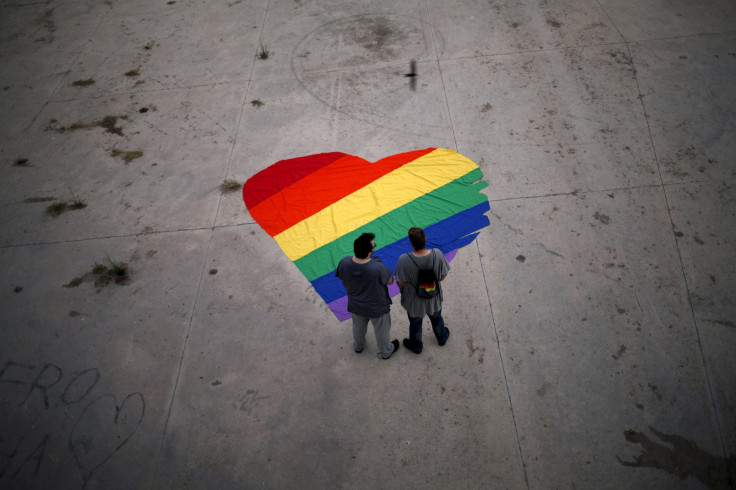What Is Intersex? Hanne Gaby Odiele, Belgian Model, Opens Up About Being Born Intersex To ‘Break The Taboo’

Belgian supermodel Hanne Gaby Odiele opened up about being intersex in an interview Monday, becoming one of the first public figures to identify herself as intersex to “break the taboo” surrounding cases like hers.
Odiele, who is from Kortrijk, Belgium, said she made the disclosure to shed light on the medical procedures that children who are born intersex undergo — without their consent — as doctors and their parents make an effort to align the child with the male or female gender.
“I am proud to be intersex,” the 29-year-old said in an interview with USA Today published Monday, “but very angry that these surgeries are still happening.”
“It is very important to me in my life right now to break the taboo,” said Odiele. “At this point, in this day and age, it should be perfectly all right to talk about this.”
Hanne Gaby Odiele is one of the first high-profile people to reveal she is intersex https://t.co/uAd6ZPoPkl pic.twitter.com/dvMKqhxVp2
— USA TODAY Video (@usatodayvideo) January 23, 2017
But what does it mean to be intersex?
According to the Intersex Society of North America, the general term is used for a number of conditions where the person is born with a reproductive or sexual anatomy — genitals or chromosomes — that does not fit the typical definitions of female or male.
The organization gives examples of different cases: “A girl may be born with a noticeably large clitoris, or lacking a vaginal opening, or a boy may be born with a notably small penis, or with a scrotum that is divided so that it has formed more like labia. Or a person may be born with mosaic genetics, so that some of her cells have XX chromosomes and some of them have XY.”
According to United Nations figures, almost 1.7 percent of the population is born with intersex traits. While it can be discovered at birth, a number of people do not realize that they are intersex till they reach puberty or find out they are unable to have children. Many undergo surgery to make their genitals more male or female.
The Belgian supermodel was born with a trait known as Androgen Insensitivity Syndrome (AIS). In this, a woman has XY chromosomes, which are usually found in men. Odiele had internal, undescended testes and her parents were warned that she may develop cancer if the testicles were not removed.
She had the surgery at the age of 10, and Odiele says: “I knew at one point after the surgery I could not have kids, I was not having my period. I knew something was wrong with me.”
A common misconception about being intersex is that it is the same as transgender. However, intersex is related to biological sex characteristics, and the individual can be straight, gay, lesbian or bisexual. A transgender is someone who identifies with a gender different from the one they were given at the time of birth.
© Copyright IBTimes 2024. All rights reserved.












